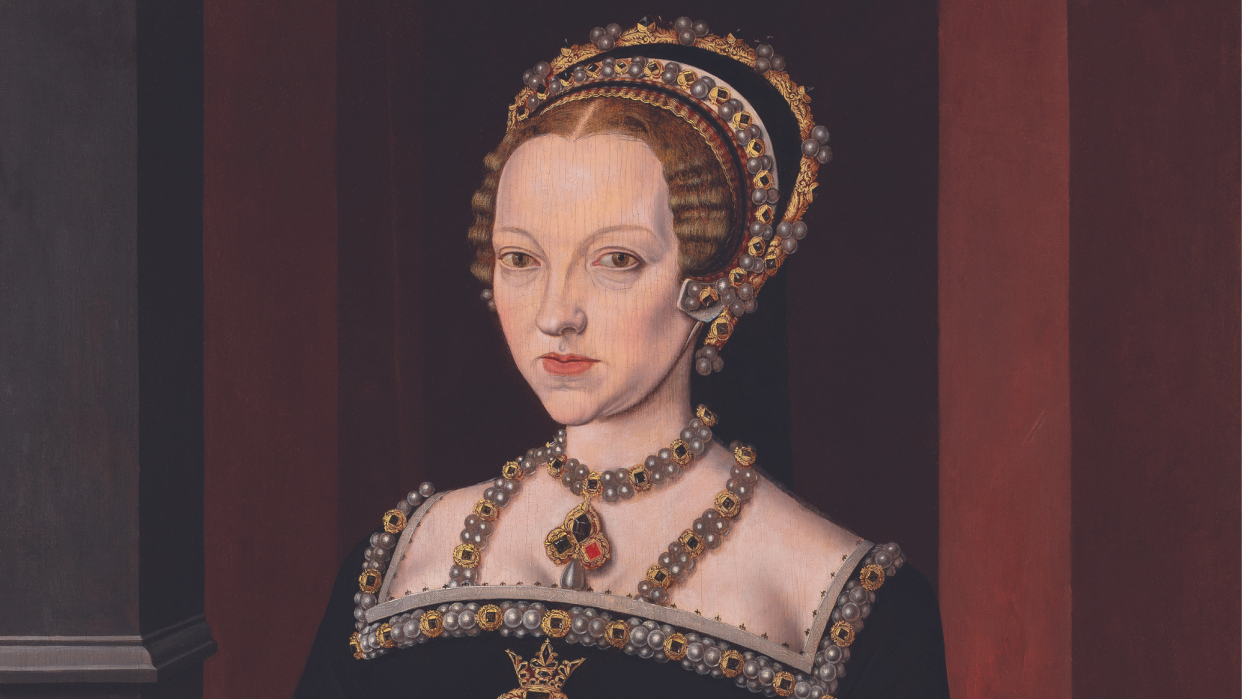Six Lives: The Stories of Henry VIII's Queens – a 'spectacular' display

Divorced, beheaded, died; divorced, beheaded, survived. Henry VIII's six wives are often reduced to this easily memorable couplet, said Evgenia Siokos in The Daily Telegraph. In this new exhibition at the National Portrait Gallery, their lives are examined and reconstructed in rich detail.
The show brings together all manner of "artefacts, objets d'art and portraiture". There are contemporary paintings and tapestries – "you quail before the penetrating gaze of Katherine Parr, the survivor, in a portrait attributed to Master John" – as well as clothing and jewellery from Henry's court, plus a wealth of artworks and "paraphernalia" made long after their deaths. As a whole, it makes for a powerful corrective to the received wisdom, rescuing its six subjects from "reductionism" and allowing them "to be understood as vigorous, nuanced characters".
The show "aims both to explore these women as individuals and look at their long cultural afterlives", said Jessie Thompson in The Independent. In some respects, it delivers in spades. The exhibition opens with a contemporary copy of Holbein's portrait of Henry, a painting that came to "represent power itself" – indeed, as the wall texts remind us, some of his decisions "remain in place" 500 years after the fact.
From here, we pass to the Japanese conceptual photographer Hiroshi Sugimoto's "haunting" and "strangely beautiful" monochrome images of Tussauds waxworks of Henry's wives: they look as though "they have just stepped out of history", while "also feeling somehow creepy and fake". There's a vast range of material on show, from artworks owned by the women to a glass box of coasters, DVDs, Christmas decorations and other "Tudor-wife ephemera".
When the personal details come, "they are rare and disarming". It's pointed out, for instance, that Katherine Howard, Henry's last wife but one, wanted to rehearse her execution, "to minimise the spectacle". Yet the "humanity" of these women always remains "just beyond our reach". Ultimately, the show's efforts to portray them as "real people" rather than "faceless victims" never quite work.
I disagree, said Jackie Wullschläger in the Financial Times. Each woman is given a gallery of her own, "charting her reign, background, legend". We get a sense of them as individuals, but also of how their identities were "tangled or manipulated": the best-known image of Anne Boleyn was painted after her death; there is no securely attributed likeness.
As a whole, "it's a spectacular six-century display", from Holbein's "fluid, vivid" portraits to "the glittery punk-meets-Tudor Spandex and vinyl sequinned costumes" for the hit musical "Six". "On the way, there are royal jewels, Flemish silken tapestries, Degas's portrait of Anne of Cleves". This "superb" exhibition is a "perfect NPG show" – "using art to bring history to life".
National Portrait Gallery, London WC2. Until 8 September


